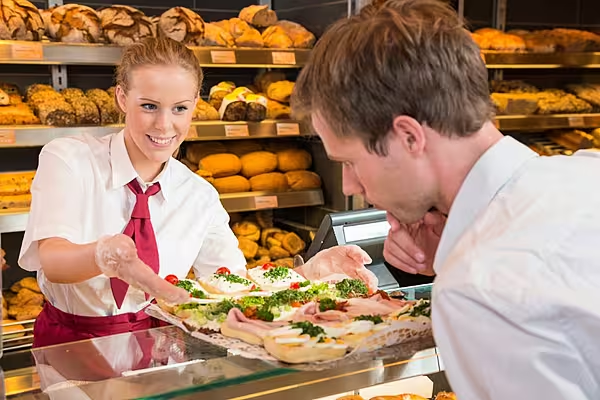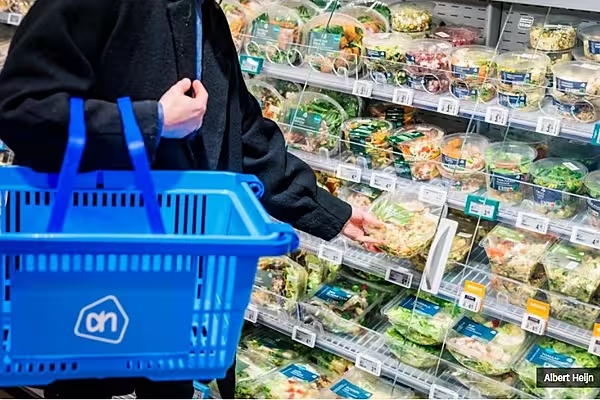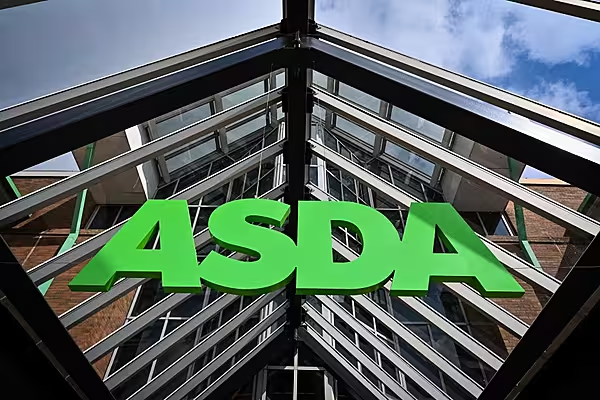The food-to-go market in the UK will continue to bear the impact of COVID-19 over the next three years, the IGD has forecast.
After experiencing significant challenges, the sector is to witness a decline of 43% to £10.8 billion (€11.74 billion) this year, down by £8.1 billion (€8.8 billion) on 2019, according to the IGD's annual UK food-to-go market forecast.
The report has also predicted a degree of bounce-back in 2021, with high levels of year-on-year growth off a low base.
However, the market will only return to 88% of 2019 levels, valued at £16.7 billion (€18.15 billion), in 2022, despite continued high growth rates.
'Rapid Change In Consumer Behaviour'
Senior food-to-go analyst at IGD, Nicola Knight, said, “Unsurprisingly, since the UK went into lockdown, almost all food-to-go shopping trips experienced significant declines.
“Where previous forecasts saw the sector growing at twice the rate of grocery retail, 2020 has seen a rapid change in consumer behaviour and daily routines that could have long term implications.”
The report also predicted that food-to-go specialists are likely to be impacted the most in the medium term.
Most of these businesses operate from city centres and transport hubs and rely on office workers, commuters and tourists, the study noted.
IGD also anticipates store closures and smaller estate sizes in 2022 compared with 2019.
Some smaller players and new entrants may grow by moving into vacant city centre properties, but economic conditions will not allow many empty sites to fill up for some time, the report added.
'Slow To Return'
Knight explained, “Footfall in cities and transport hubs – on which many food-to-go businesses depend – has so far been slow to return. The shift to more home-based working, in particular, has had massive implications for food-to-go.
“Specialist operators with sites prevalent in affected locations are already adapting strategies to offset this long-term change in consumer behaviour.”
The report also predicts a similar impact on coffee shops, but to a lesser extent, as outlets are more dispersed and have a strong local presence.
Quick-service restaurants (QSR) are set to benefit the most from the changes in food-to-go consumption due to the pandemic and see a market-share growth of 4.6 percentage points between 2019 and 2022.
QSRs offer a value option for financially stretched consumers and the sector has adapted efficiently to local lockdown restrictions with drive-through and home delivery options.
Knight said, “Changes in consumer behaviour throughout this period [opened up] opportunities, but food-to-go businesses need to be quick to grab them. Never has it been more important to know your customers, understand them and engage with them."
Impact On Retailers
The study also projected that retailers are to benefit from increased frequency of store visits, where food-to-go crosses over with other shopping missions.
Convenience stores, in particular, have and will continue to benefit from their local presence, the IGD said.
Retail channels will see an increase in market share, mainly during 2020, as customers shift away from food-to-go specialists and coffee shops.
Knight added, “Picnic sets for outdoor socialising, lunch boxes for home workers and meals to be heated at home are all examples of rapid deployment of new ranges adapted to current consumer needs.
“Responding to this swiftly requires staying close to customers, building strong partnerships with suppliers and an internal structure designed for fast decision-making.
She also said that a well-developed digital loyalty programme along with efficient communication and ordering system is crucial for businesses looking for an edge.
“Delivery should also continue to form a part of retailer and operator strategies […]. To offset the price of third-party delivery charges, many operators are moving to delivery-only dark kitchens with lower overheads,” she added.
© 2020 European Supermarket Magazine – your source for the latest retail news. Article by Dayeeta Das. Click subscribe to sign up to ESM: The European Supermarket Magazine.














